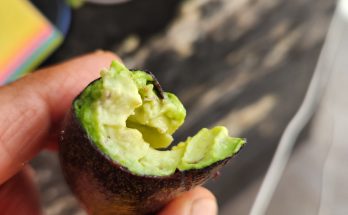By Luis Felipe Rodriguez
The life of Manuel Tomás de la Canal Bueno de Baeza, Knight of the Order of Calatrava, started in Mexico City, where he spent his first thirty-two years. He became alderman and then mayor and excelled in these positions. He was also engaged in many commercial activities. In 1731 he married María de Hervás y Flores, originally from Santa Fe de Guanajuato. She was the daughter of Don Juan de Hervás, a merchant and miner from Guanajuato, and her mother was Eugenia Flores. The dowry of María de Hervás consisted of holdings of the Cuerámbaro hacienda, located in the town of León. The hacienda had fifteen large cattle sites, four small cattle sites, and twenty caballerias of land—representing over seventy acres. In addition, the young couple owned some «tall, main, and newly built» houses in the town of Santa Fe de Guanajuato. Around 1735, Don Manuel de la Canal and his wife settled in the town of San Miguel el Grande. It was a strategic site that allowed them to manage the Cuerámbaro hacienda and other properties the couple acquired over the years. Their family wealth increased significantly as time passed, forcing them to found a mayorazgo in 1743. This legal real estate maneuver allowed the perpetuation and conservation of wealth for their descendants.
Manuel de la Canal and Maria de Hervas had nine children. The firstborn was a daughter, María Josefa Lina. However, the estate fell to the oldest male, José Mariano Loreto de la Canal. Manuel de la Canal was fervently devoted to the Virgin of Loreto. He built the Tepotzotlán novitiate and, later, the Santa Casa, dedicated to the Virgin of Loreto in the town of San Miguel. He was involved in multiple pious and social works in San Miguel town and various New Spain locations.
One example of his dedication is financing the construction of one of the altarpieces at the Metropolitan Cathedral, the San Jose altarpiece. In 1731, he sponsored two more altarpieces for the church of Ecce Homo in the Oratory of San Miguel, which were built by the sculptor Pedro de Rojas from Querétaro. Described as having «ten canvases and a carved statue seven quarters high, it cost 4,500 pesos. He gave 7,000 pesos to support the Royal Convent of the nuns of Santa Clara de Jesús. Manuel de la Canal also provided for the poor, helping them in emergencies and with other needs. The economic progress of the town of San Miguel el Grande can thank Manuel de la Canal for innumerable benefits. He favored the weavers of serapes and shawls, providing them with wool from shearing, and he collateralized large quantities of cotton and other raw materials without the slightest interest.
Source: Baroque art in the old town of San Miguel el Grande, by Sofía Irene Velarde Cruz.




